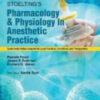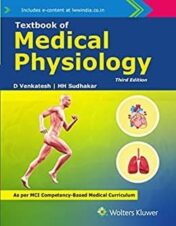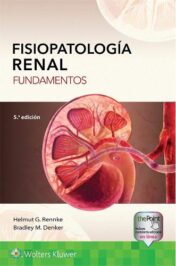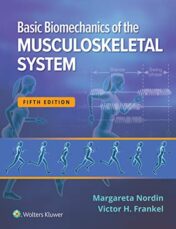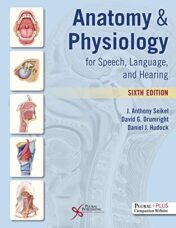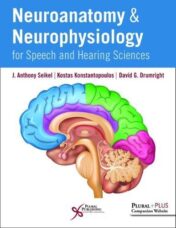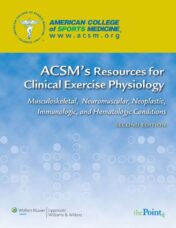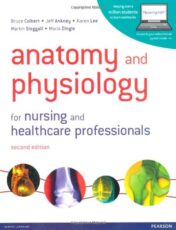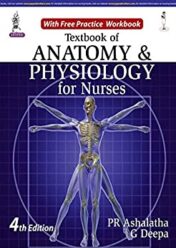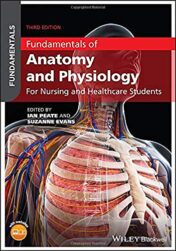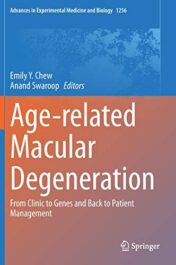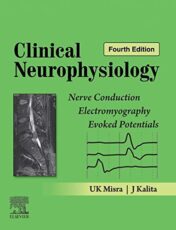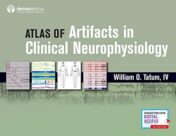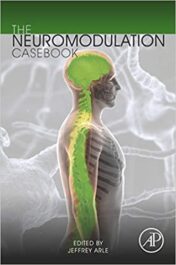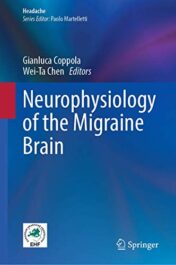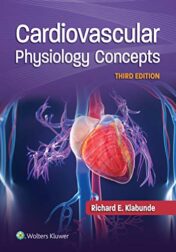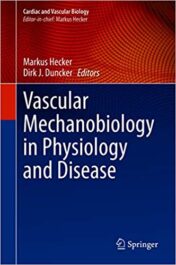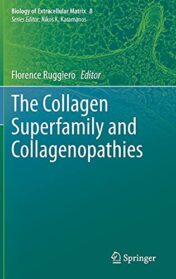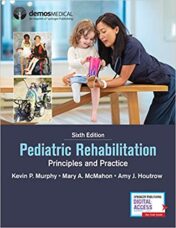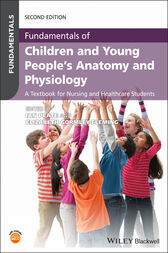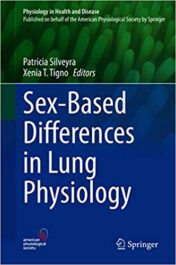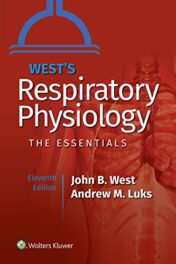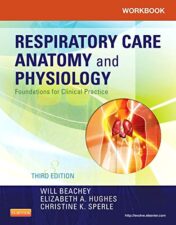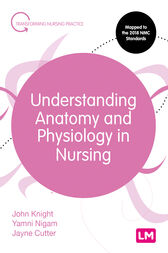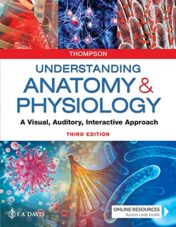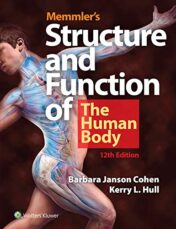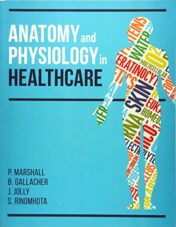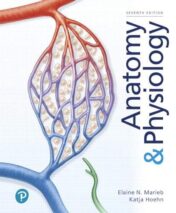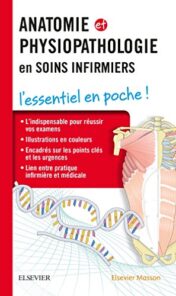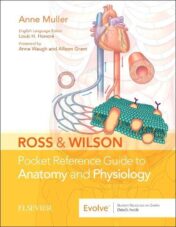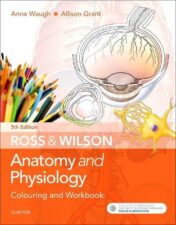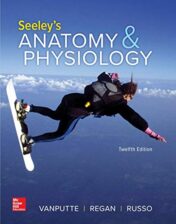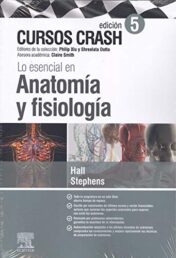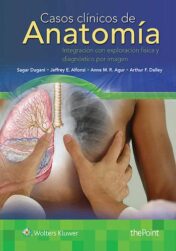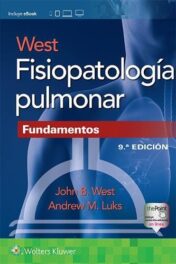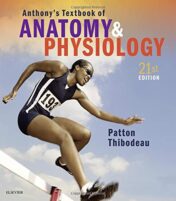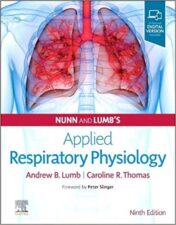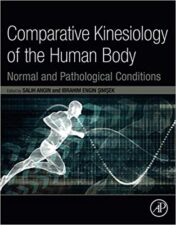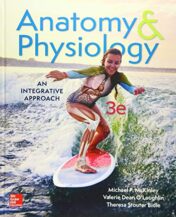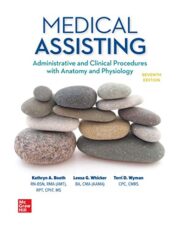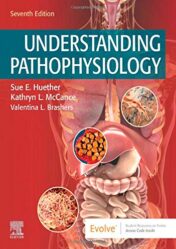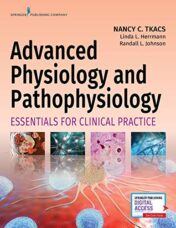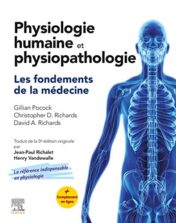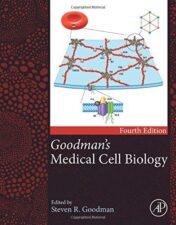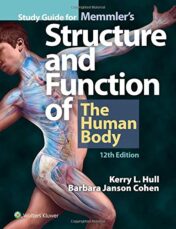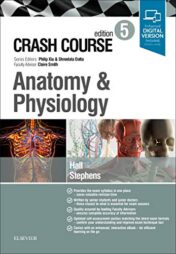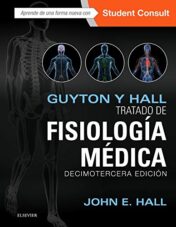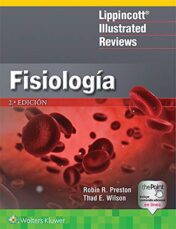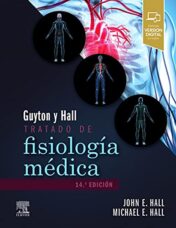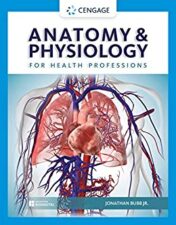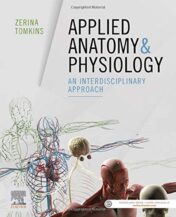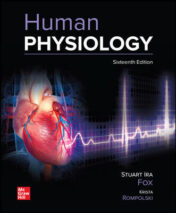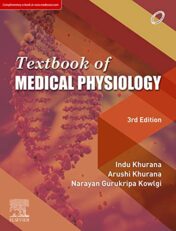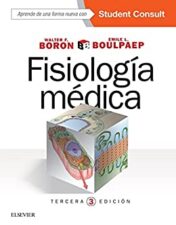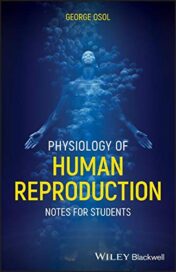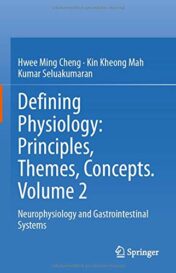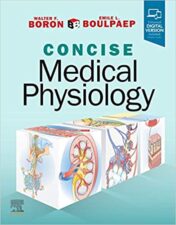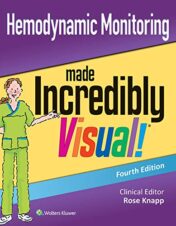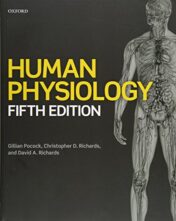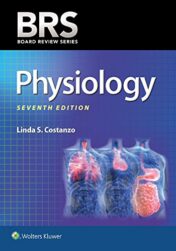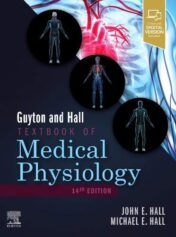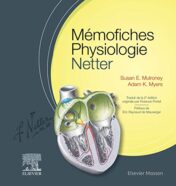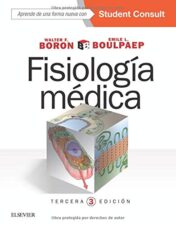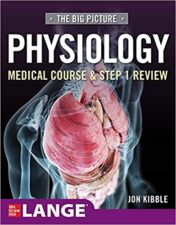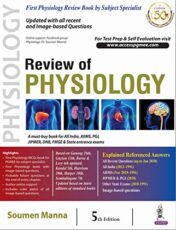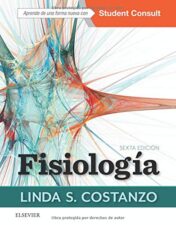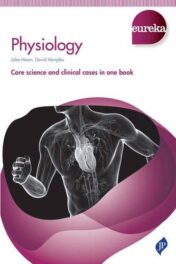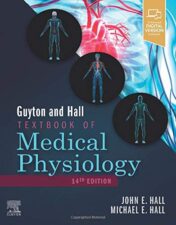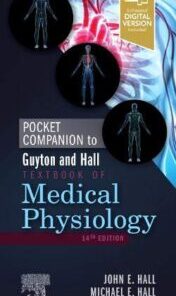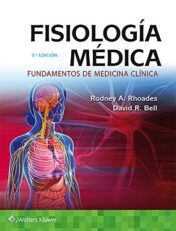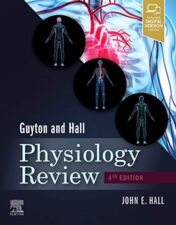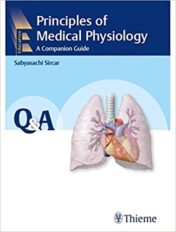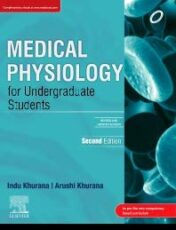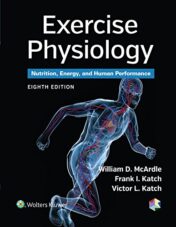Clinical Neuroscience for Communication Disorders: Neuroanatomy and Neurophysiology FIRST EDITION 2022 Original pdf
$10
Clinical Neuroscience for Communication Disorders: Neuroanatomy and Neurophysiology FIRST EDITION 2022 Original pdf
Clinical Neuroscience for Communication Disorders: Neuroanatomy and Neurophysiology offers a comprehensive and easy-to-understand introduction to neuroscience for undergraduates and beginning graduate students in the field of communication disorders.
Packed with features to aid student understanding, this textbook introduces the neurologic underpinnings of systems involved in communication (speech, language, cognition, and hearing) and swallowing, from the nervous system to the anatomy of the head and neck. A highly readable writing style makes abstract and complex material accessible to students and provides just the right amount of information to challenge yet not overwhelm students.
What sets this book apart is the extensive infusion of clinical application. Each chapter begins by tying the content to the everyday clinical applications for speech-language pathologists, audiologists, and related professionals and includes clinical cases to illustrate neural functions. In addition to coverage of the main systems, this text contains chapters devoted to neuroplasticity, communication, and cognition to move beyond basic anatomy to the key principles of contemporary neuroscience and application of the concepts discussed. Additionally, explicit connections are drawn between cranial nerves, the oral mechanism examination, and clinical swallowing assessment. The clinical cases cover a variety of both pediatric and adult scenarios designed to highlight the interconnectedness of neural systems and the complexity of neurologically-based communication disorders. The cases span the breadth of clinical practice—developmental and acquired disorders, pediatric and adult cases, and disorders of speech, language, cognition, and hearing—and are cross-referenced with each of the other chapters for improved understanding.
Key Features
- More than 150 customized illustrations solidify connections between anatomy and physiology
- Clinical cases throughout the text and expanded versions of the cases in a stand-alone chapter illustrate clinical relevance of neuroanatomy and neurophysiology
- Bolded keywords highlight foundational concepts and terminology
- Boxes throughout the text offer an opportunity for applying learning through applications, exercises, glossaries of key terms, and clinical cases
- End-of-chapter summaries provide an overview of the key concepts within the chapter in plain language
- A bulleted list of key concepts concludes each chapter to reinforce learning outcomes
- References and further reading augment student learning
Related Products
Physiology Books
Physiology Books
Textbook of Medical Physiology, 3rd edition Original PDF 2020
Physiology Books
Physiology Books
Physiology Books
Physiology and Nutrition for Amateur Wrestling (Original PDF)
Physiology Books
Physiology Books
Physiology Books
Physiology Books
Sports Physiology – Medical School Crash Course (Original PDF)
Physiology Books
Physiology Books
Atlas of Artifacts in Clinical Neurophysiology (Original PDF)
Physiology Books
Physiology Books
Physiology Books
Physiology Books
Physiology Books
Vascular Mechanobiology in Physiology and Disease (Original PDF)
Physiology Books
The Collagen Superfamily and Collagenopathies (Original PDF)
Physiology Books
Physiology Books
West’s Respiratory Physiology, 11ed (ePub+azw3+Converted PDF)
Physiology Books
Understanding Anatomy and Physiology in Nursing (Original PDF)
Physiology Books
Physiology Books
Essentials of Anatomy & Physiology (8th Edition) Original PDF
Physiology Books
Anatomy & Physiology (Elaine Marieb) (7th Edition) Original PDF
Physiology Books
Anatomie Et Physiopathologie En Soins Infirmiers (French Edition)
Physiology Books
Ross & Wilson Pocket Reference Guide to Anatomy and Physiology
Physiology Books
Physiology Books
Physiology Books
Physiology Books
Crash Course Anatomy and Physiology, 5th Edition (ORIGINAL PDF)
Physiology Books
Physiology Books
Guyton & Hall Tratado De Fisiologia Medica 14⪠Ed (Original PDF)
Physiology Books
Physiology Books
Physiology Books
Physiology Books
Fisiología médica (Boron), 3e (Spanish Edition) (Original PDF)
Physiology Books
Physiology Books
Physiology of Human Reproduction: Notes for Students (Original PDF)
Physiology Books
Physiology Books
Human Physiology, 5th Edition – Gillian Pocock (ORIGINAL PDF)
Physiology Books
BRS Physiology (Board Review Series), 7th Edition (High Quality PDF)
Physiology Books
Physiology Books
Physiology Books



